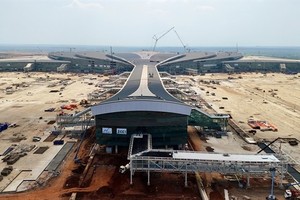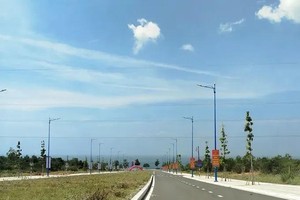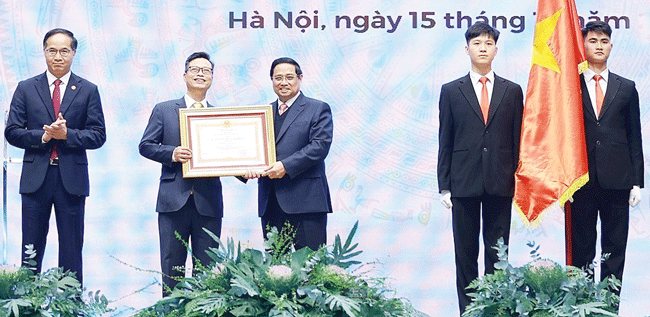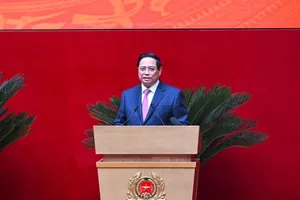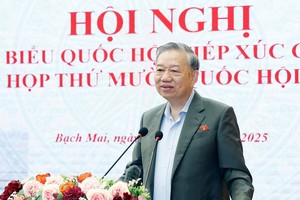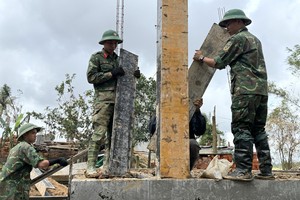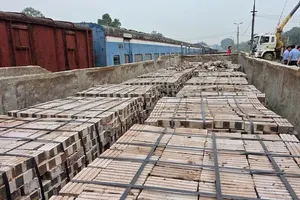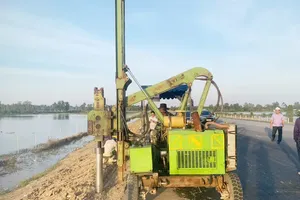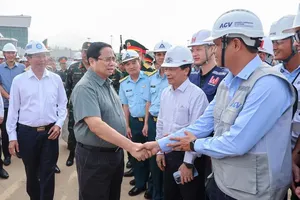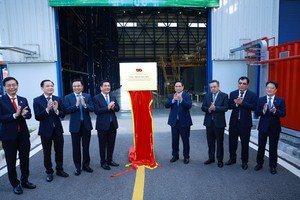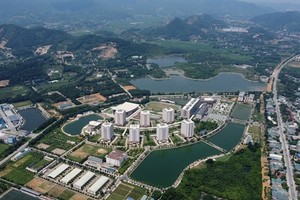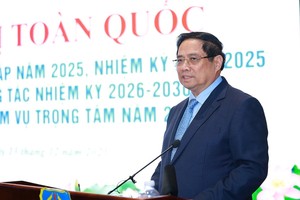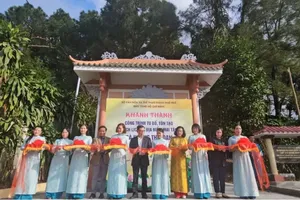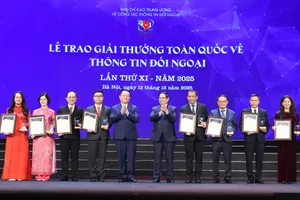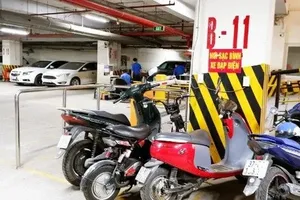
Among the three railway projects linking with China, Lao Cai - Hanoi - Hai Phong - Quang Ninh is the first to move forward. Following the National Assembly's Resolution No. 187/2025/QH15 on investment policy, Minister of Construction Tran Hong Minh has met with Chinese Minister of Transport Liu Wei at the end of March to discuss the project implementation plan. Both parties agreed to expedite the timeline to ensure the project commences by the end of 2025.
The Ministry of Construction is requesting that the Chinese side promptly approve and provide a diplomatic note regarding non-refundable assistance for the project's feasibility study report.
Simultaneously, the Ministry of Construction recommended that the Chinese side establish a central point of contact to oversee and negotiate a framework agreement for financing through Chinese government loans.
In parallel, the Ministry of Construction has requested the Chinese side to recommend qualified enterprises capable of forming joint ventures and cooperating on the project.
On the Vietnamese side, the Ministry is urgently finalizing a draft Government resolution outlining the implementation plan for the National Assembly’s investment policy on railway development—specifically the Lao Cai–Hanoi–Hai Phong–Quang Ninh line. It is also coordinating with relevant ministries and agencies to develop a decree guiding the application of specific and special mechanisms and policies for the project.
Concurrently, the Ministry of Construction is expediting the development and promulgation of requisite criteria, regulations, technical standards, and general designs to facilitate capital mobilization and contractor selection. Furthermore, the Ministry is considering the inclusion of additional stations and branch lines to optimize local economic development. Specifically, for the Lang Son - Hanoi route, plans are underway to construct a new double-track railway line to accommodate projected transportation demands of approximately 9 million tons of freight and 7.5 million passengers annually by 2050.
For the Hai Phong - Ha Long - Mong Cai route, the Ministry of Construction has determined the scale and direction of the route to connect the northern coastal provinces and international transport connections. Currently, the Ministry of Construction is proposing that the Chinese side speed up the implementation of procedures to approve the technical assistance project to help Vietnam plan these two railway lines, and the exchange of letters is expected to be implemented soon.
Deputy Minister of Construction Nguyen Danh Huy stated that the development of the three railway lines extending deep into the interior of both nations is anticipated to enhance bilateral trade growth. This initiative will enable Vietnam to link with the world's longest railway network, stretching from China to Central Asia and Europe, while also facilitating China's connection to ASEAN through Vietnam.
Director Tran Thien Canh of the Vietnam Railway Authority stated that investing in the three railway lines linking Vietnam and China will facilitate a transformation in transportation methods and improve traffic safety. In preparation for the execution of these three projects, particularly the Lao Cai - Hanoi - Hai Phong - Quang Ninh railway initiative, the Ministry of Construction has proposed the People's Committees of nine provinces and cities along the railway routes to take the lead in managing land acquisition, compensation, and resettlement assistance. The construction of resettlement areas is scheduled to commence in 2025.
Many domestic enterprises are also preparing to develop the railway industry in time to serve the Lao Cai - Hanoi - Hai Phong railway project and the North - South high-speed railway project. For the Hanoi - Lang Son route and the Hai Phong - Ha Long - Mong Cai route, the Ministry of Construction will soon develop a detailed plan as a basis for determining the route direction, technical standards, and investment options. After the plan is approved, investment preparation work will be carried out, with construction expected to start after 2030.

